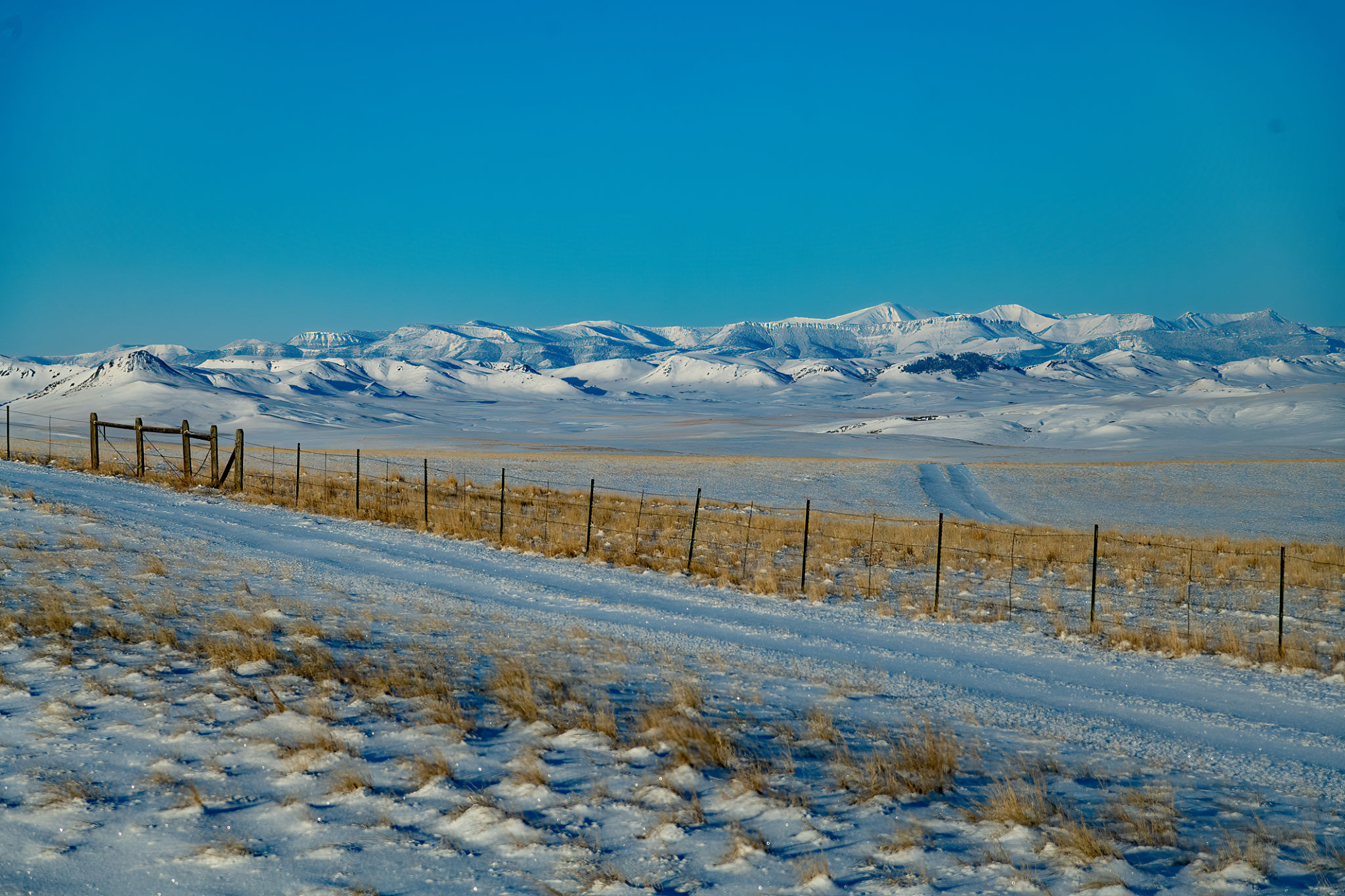Seasonal Freight Shipping Tips for Navigating Harsh Winter Conditions in Montana
T4
Understanding the Challenges of Winter Freight Shipping in Montana
Winter in Montana is notorious for its harsh weather conditions, which can significantly affect freight shipping. Snow-covered roads, icy surfaces, and blizzard conditions are common challenges that demand meticulous planning and preparation. Understanding these challenges is the first step in ensuring the safe and timely delivery of goods during the winter months.

Freight carriers must be prepared to face sudden weather changes and the potential for road closures. It’s crucial to have a robust plan that includes alternative routes and contingency measures. Collaborating closely with local weather services can provide valuable insights into upcoming weather patterns and help in making informed decisions.
Preparing Your Fleet for Winter Conditions
To navigate Montana's harsh winter conditions effectively, your fleet must be well-equipped and maintained. Ensuring that all vehicles are fitted with winter tires and that anti-freeze levels are optimal is crucial. Regular maintenance checks should be performed to verify that all systems, particularly the brakes and heating, are functioning correctly.

Another essential preparation step is equipping vehicles with emergency kits. These kits should include items such as blankets, flares, and first-aid supplies. Drivers should also be trained on how to handle emergencies and navigate through severe weather conditions safely.
Effective Route Planning and Communication
Route planning is a critical component of successful freight shipping during the winter months. Utilize GPS technology and real-time traffic updates to identify the safest and most efficient routes. It’s also beneficial to have backup routes planned in case of unexpected road closures or severe weather.
Maintaining open lines of communication with drivers is vital. This ensures that they can report any issues promptly and receive guidance if conditions worsen. Implementing a reliable communication system that functions even in remote areas can be a lifesaver.

Packing and Loading Considerations
The way freight is packed and loaded can significantly impact safety during transit. Ensure that loads are balanced and secure to prevent shifting during transport, especially when navigating slippery roads. Consider using temperature-controlled containers for perishable goods to protect them from freezing temperatures.
Additionally, instruct your team on the importance of double-checking load security before departure. Taking extra precautions can prevent accidents and damage to goods, ensuring that deliveries arrive intact and on time.
Conclusion: Staying Proactive and Prepared
Navigating Montana's winter conditions requires a proactive approach to freight shipping. By understanding the challenges, preparing your fleet, planning routes effectively, and ensuring secure loading, you can mitigate many of the risks associated with winter transport. Stay informed, stay prepared, and ensure your shipments successfully reach their destinations despite the challenges posed by the harsh Montana winter.
